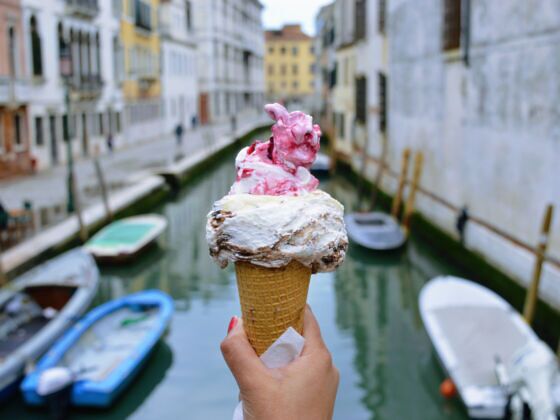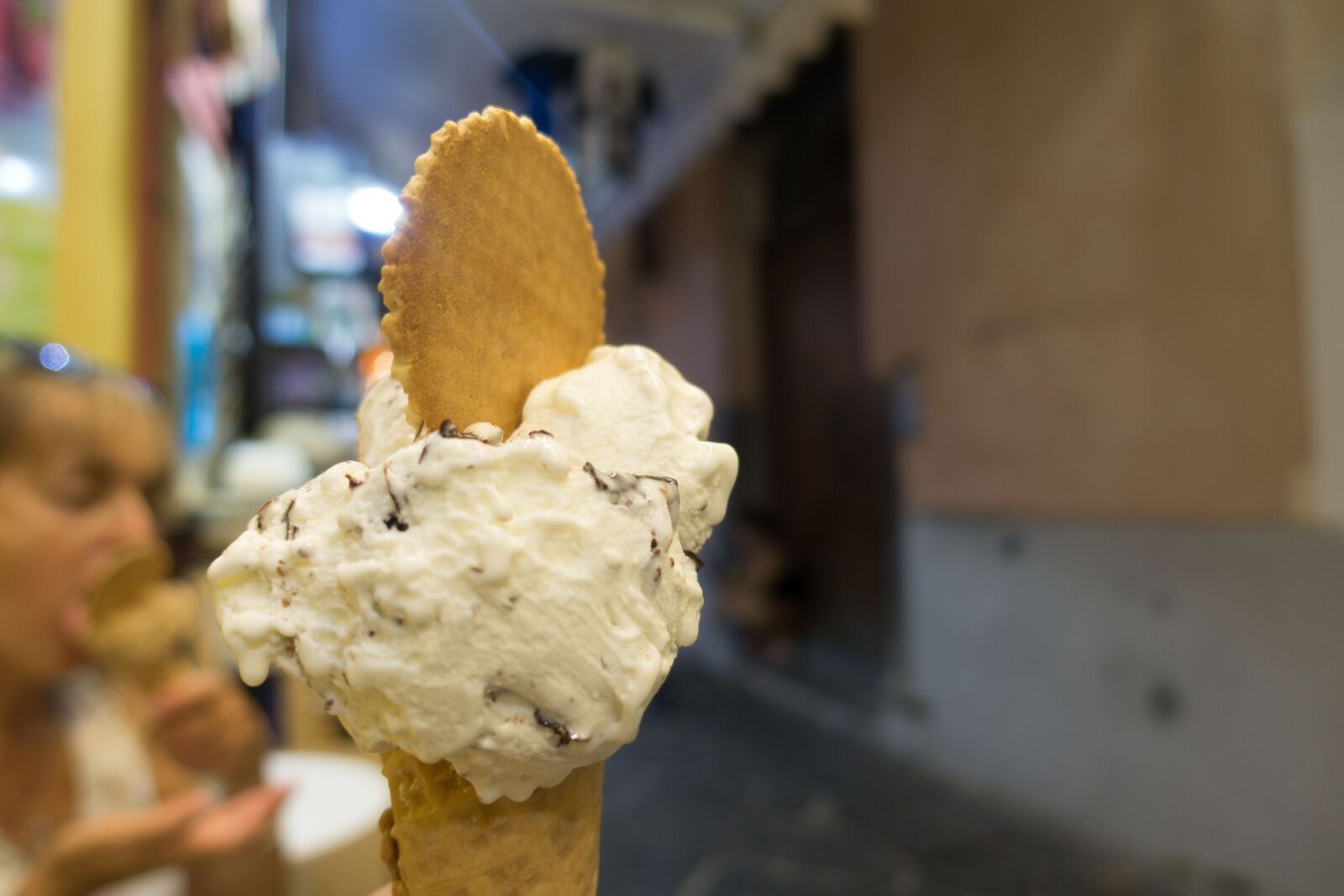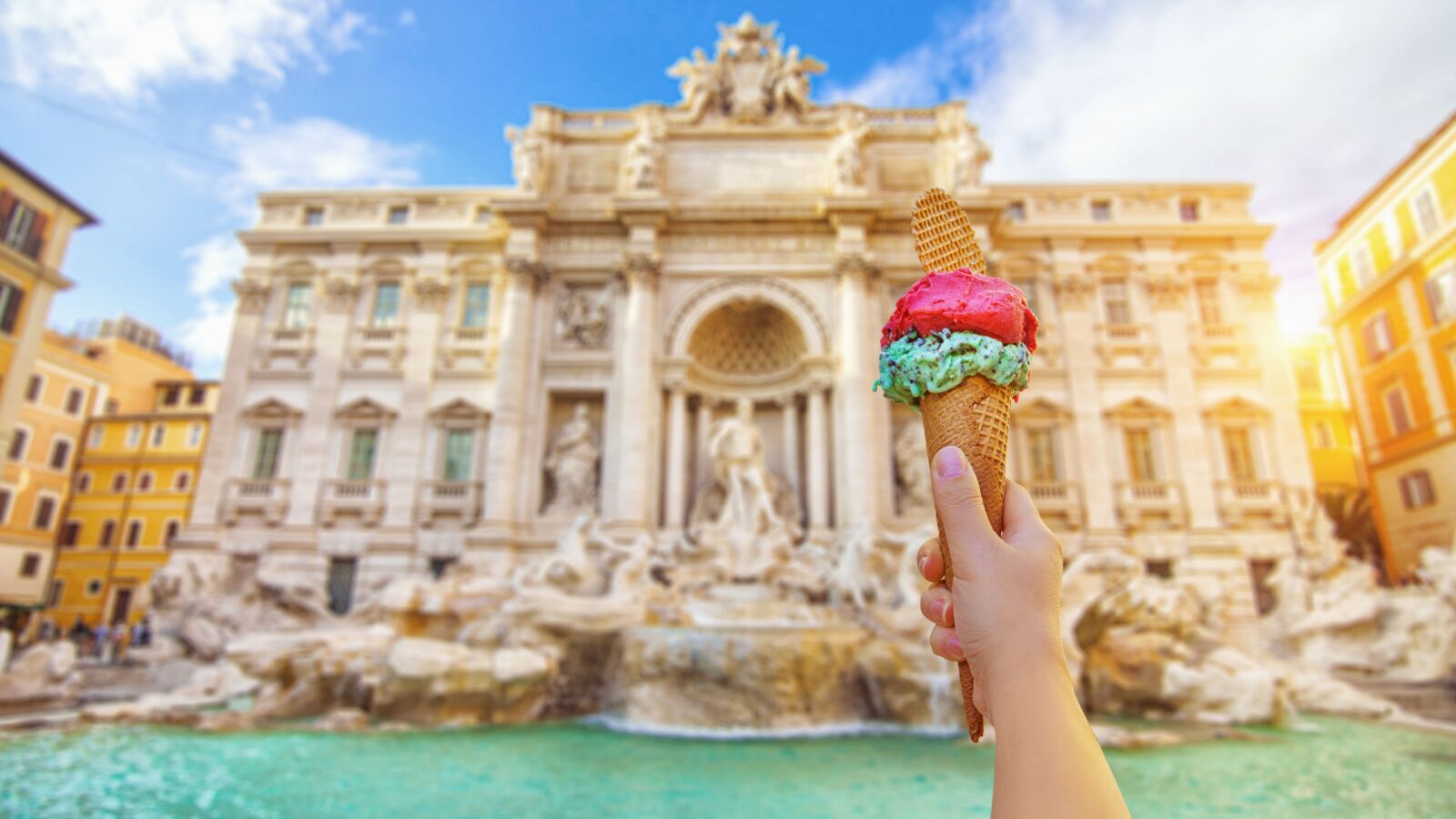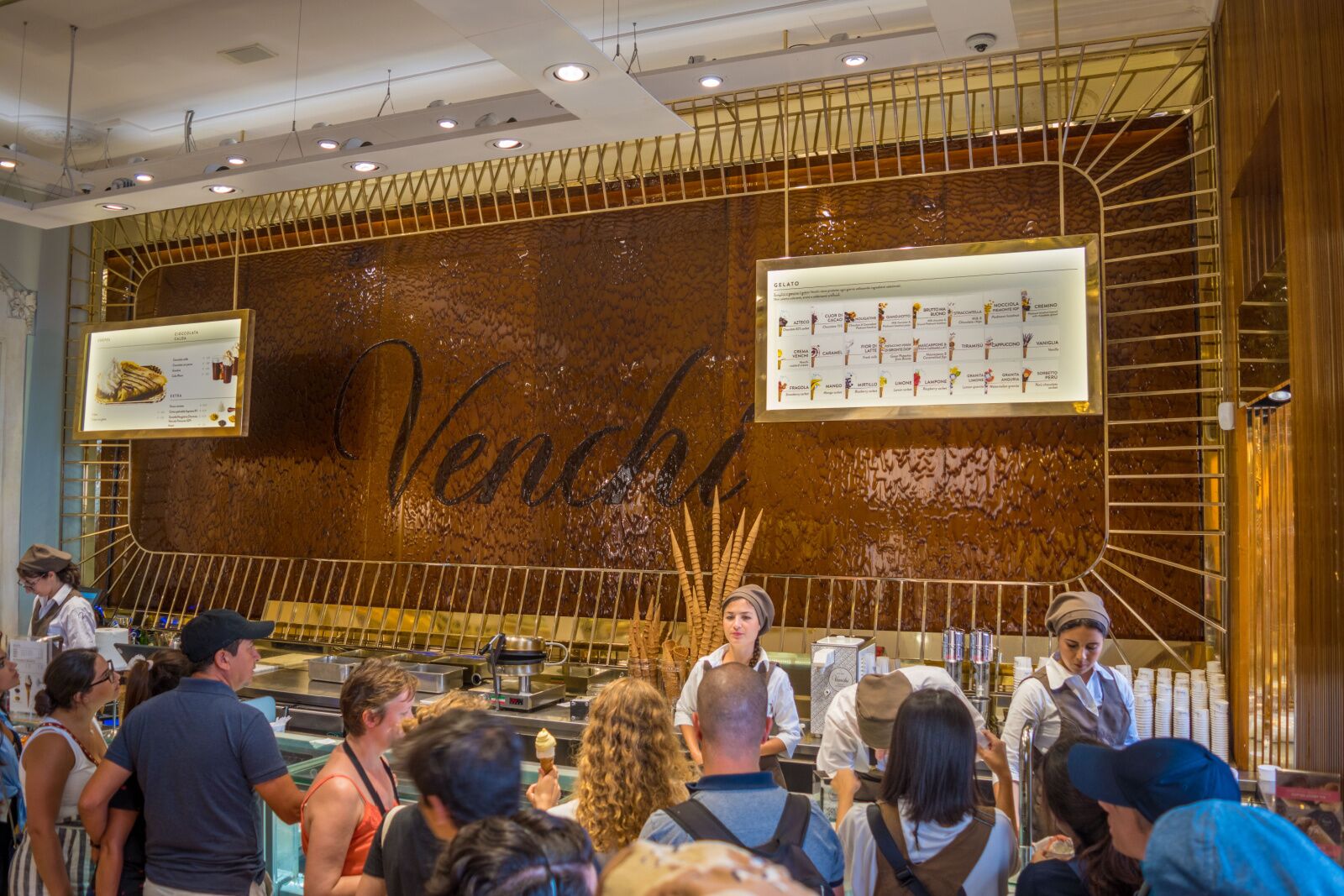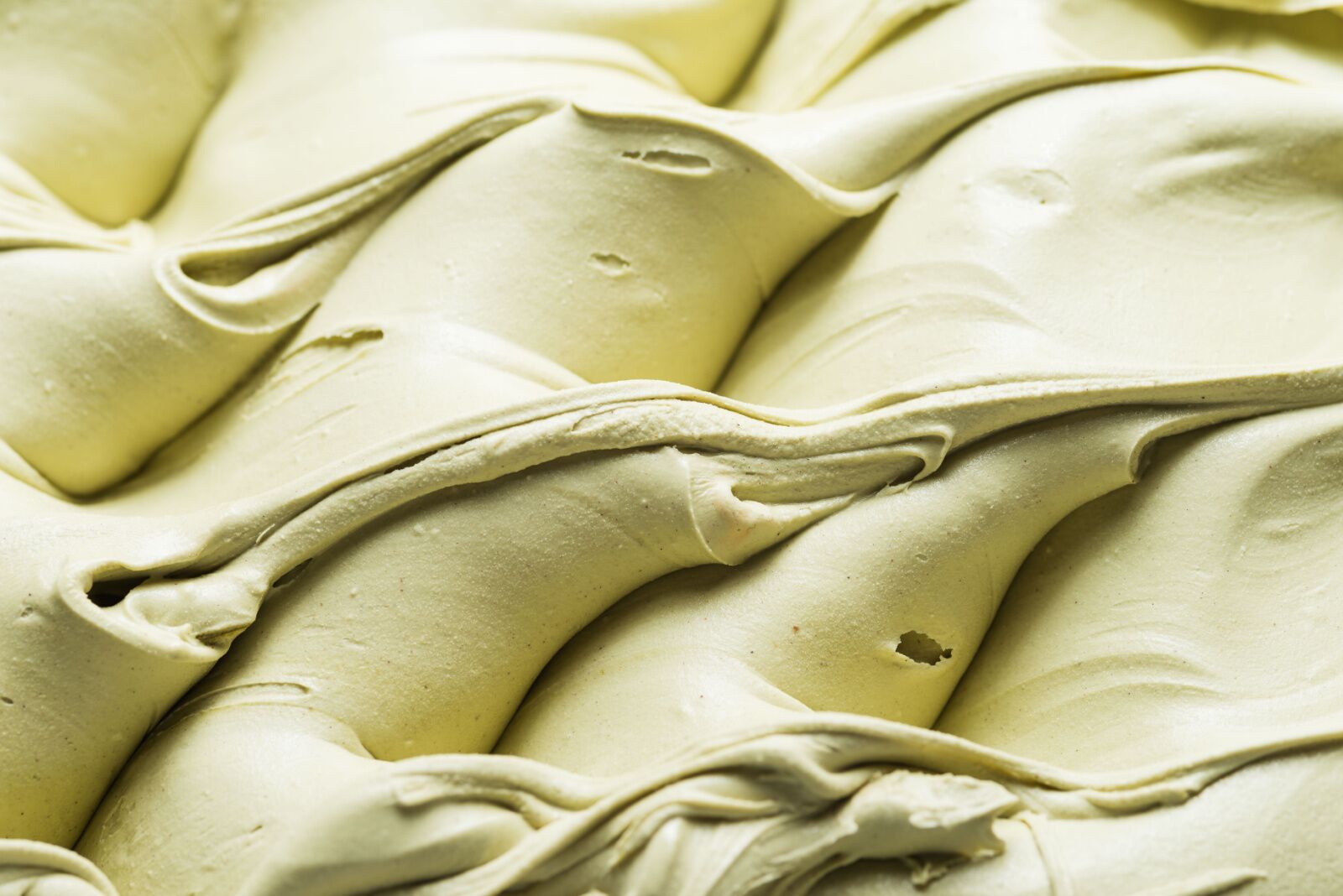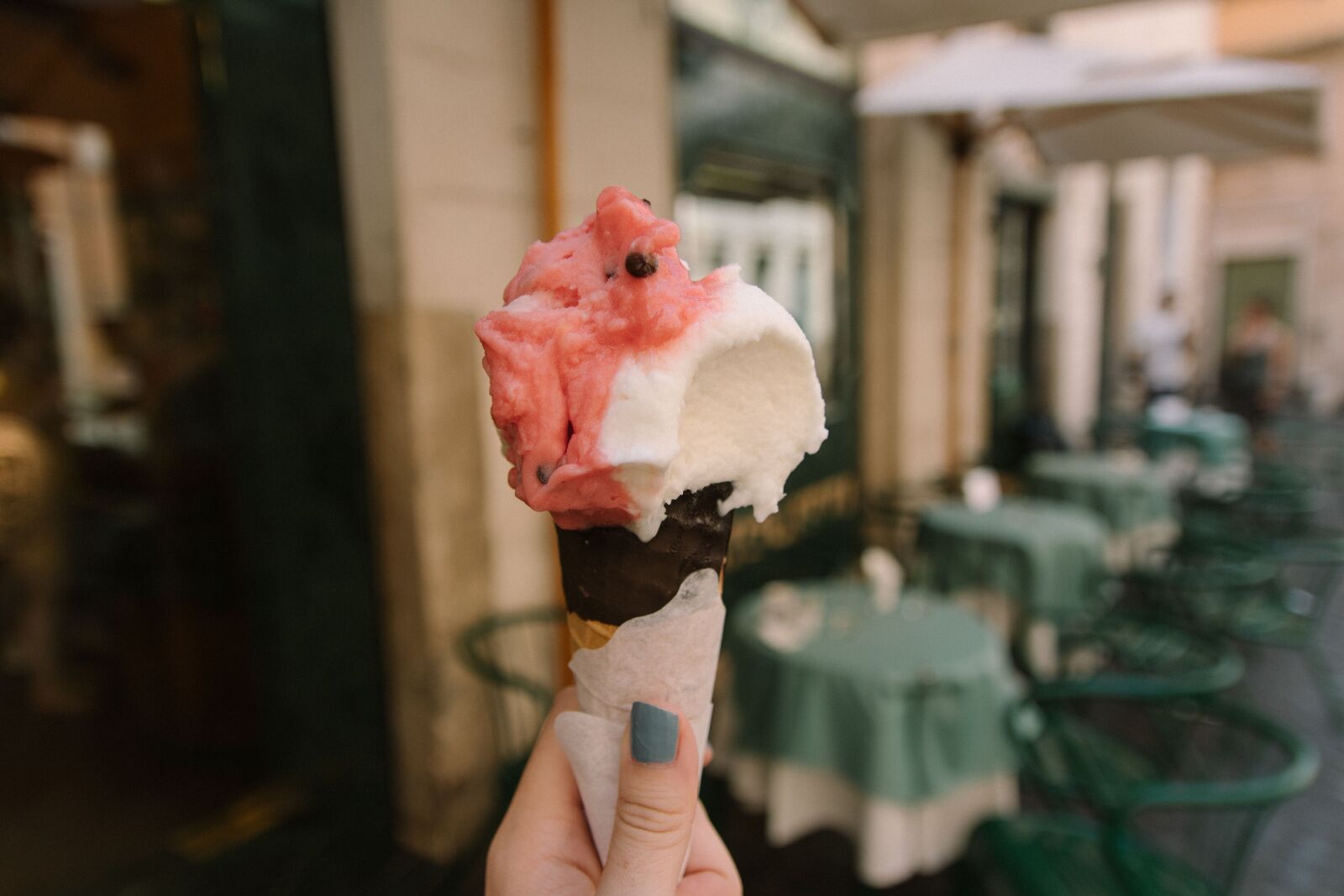Millions of tourists land in Italy every year to see sites like the Colosseum in Rome or the Duomo in Florence. However, there’s so much more to Italy than its tourist sites; in fact, many visitors would argue that it’s the food that really helps them connect to the country.
While there are several foods Italy is known for, one most visitors won’t want to miss out on is authentic Italian gelato. While it might not seem as important as finding a good pizza or plate of cacio e pepe, enjoying a local Italian gelato on a summer day in a historic piazza can create an unforgettable experience – whereas a mediocre (or even bad) gelato can make you feel like you missed out on an authentic Italian experience. After all, you don’t want your gelato to feel like a tourist rip-off.
